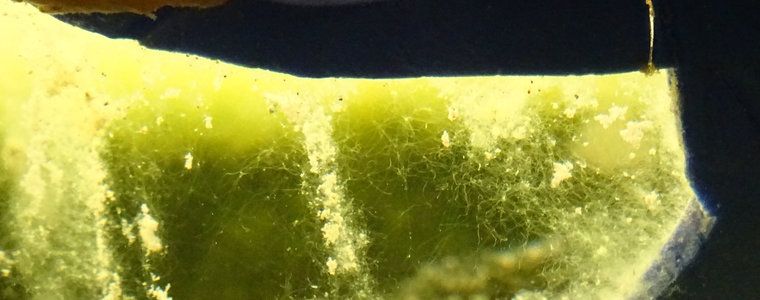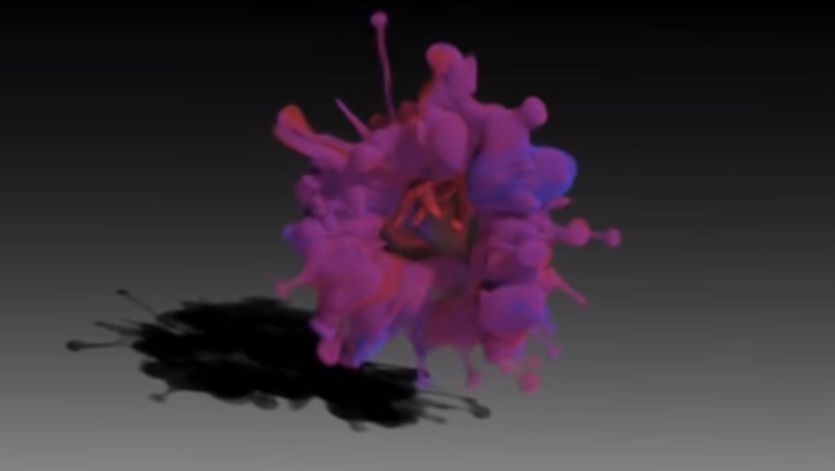In a set of studies in mice bearing human tumors, nanoparticles designed to bind to a protein called P-selectin successfully delivered both chemotherapy drugs and targeted therapies to tumor blood vessels. Targeting the blood vessels improved the delivery of drugs to tumor tissue, causing the tumors to shrink and improving how long the mice lived.
A tumor’s blood vessels can serve as a barrier to engineered drug-delivery systems like nanoparticles, which may not be able to cross the blood vessel wall. However, the same blood vessels may express proteins—such as P-selectin—that researchers can potentially exploit, by engineering their nanoparticles to recognize and latch onto those proteins, which enables them to reach the tumor.









